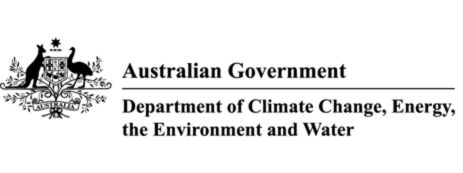Dr Nicole Shumway is co-leading the National Environmental Science Project (NESP) De-risking nature repair activities in Australian coastal and marine ecosystems, with colleagues at UQ Law School and Department of Climate Change, Energy, the Environment and Water (DCCEEW).
Australia is committed to the United Nations Leaders’ Pledge for Nature which aims to step up global ambition to tackle the climate crisis, halt biodiversity loss and deliver a nature positive world by 2030. A target is to protect and restore 30% of Australia’s degraded land, freshwater and ocean ecosystems by 2030.
The Nature Positive Plan released in 2022 by the DCCEEW signalled the need for urgent investment in nature repair, facilitated by coordinated planning. National policy mechanisms introduced to accelerate nature repair include those that leverage the carbon market and encourage philanthropic and private-sector investment.
Nature repair activities such as creating shellfish reefs and restoring tidal flows to saltmarshes aim to initiate ecological recovery and support biodiversity. Many such projects are happening in Australia, but on a limited scale and with limited coordination. The incentives and evidence base for nature repair are fragmented, and this uncertainty is a barrier to implementation.
Clear guidance and governance are needed to clarify the risks and opportunities and make nature repair attractive to investors including government and non-profit agencies, industry, landholders, communities and Indigenous groups.
Aims
This project builds on the findings of previous NESP research. It brings together leading research agencies and research users in a united approach to support and guide the scaling up of nature repair in Australia by:
- updating databases of coastal and marine restoration and nature repair activities in Australia;
- compiling an evidence base to lessen the risk of nature repair projects for investors, managers and practitioners; and
- drafting a national framework to guide and coordinate future investment.
Funder

